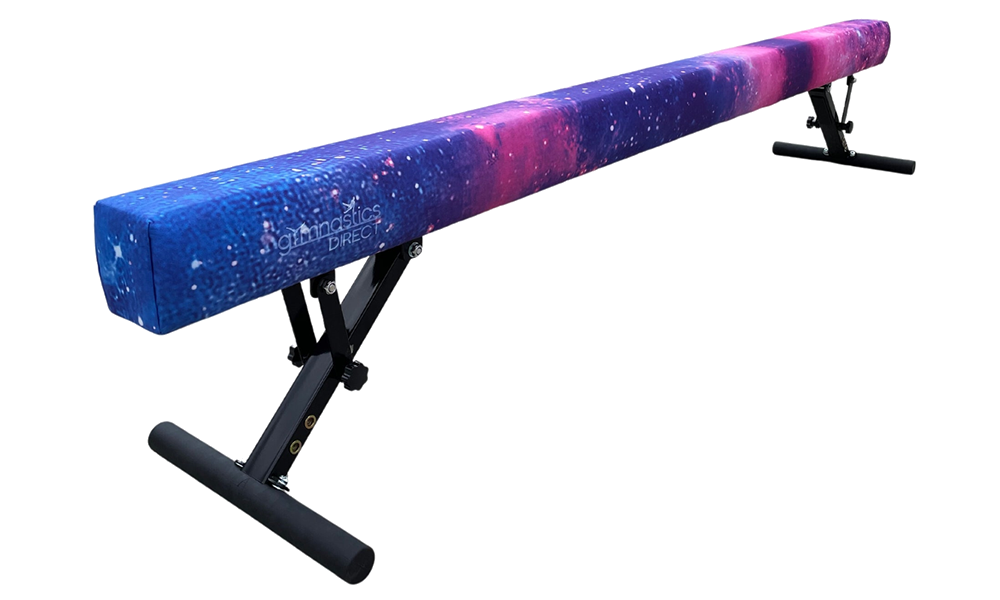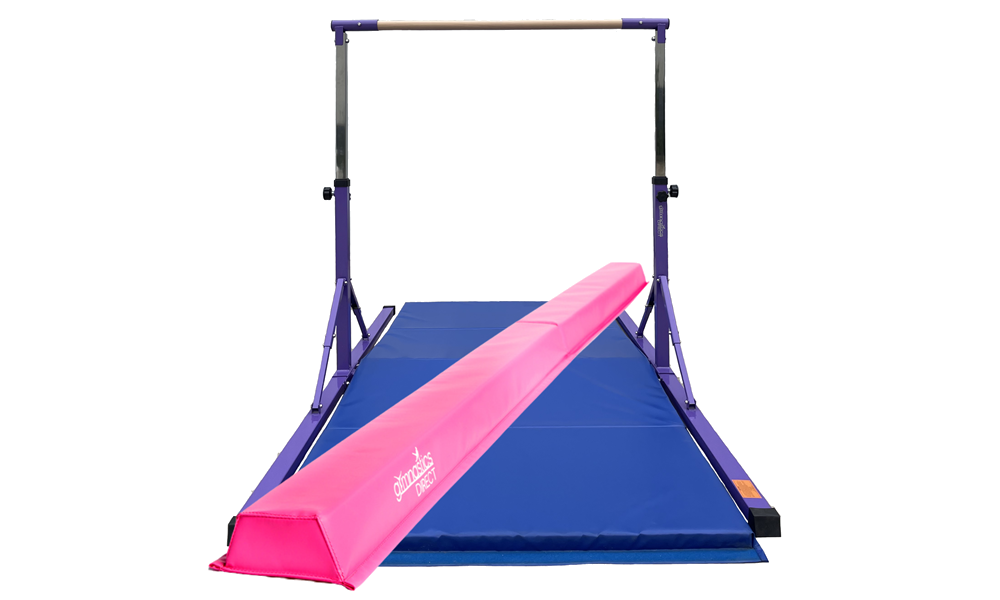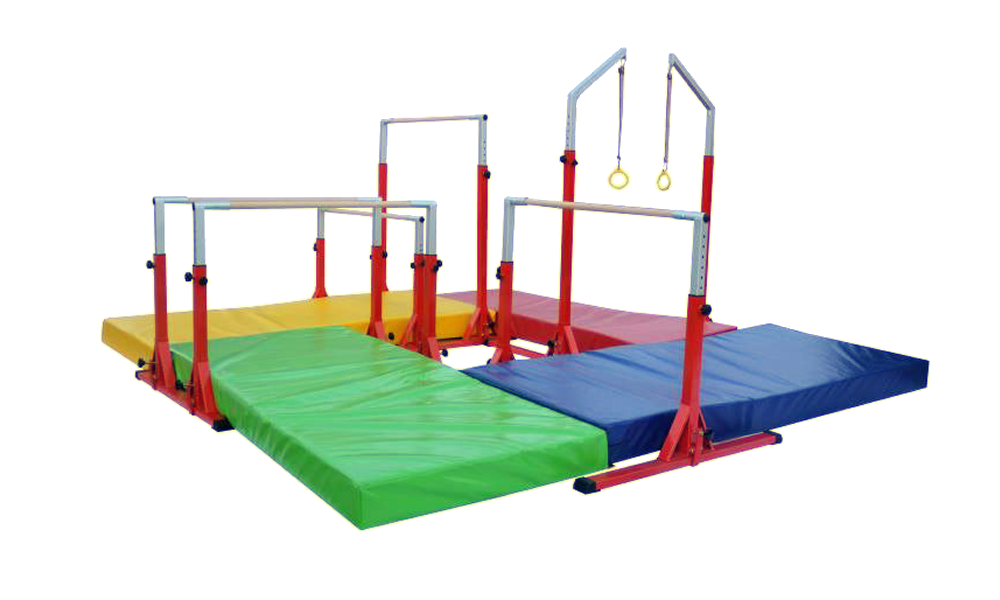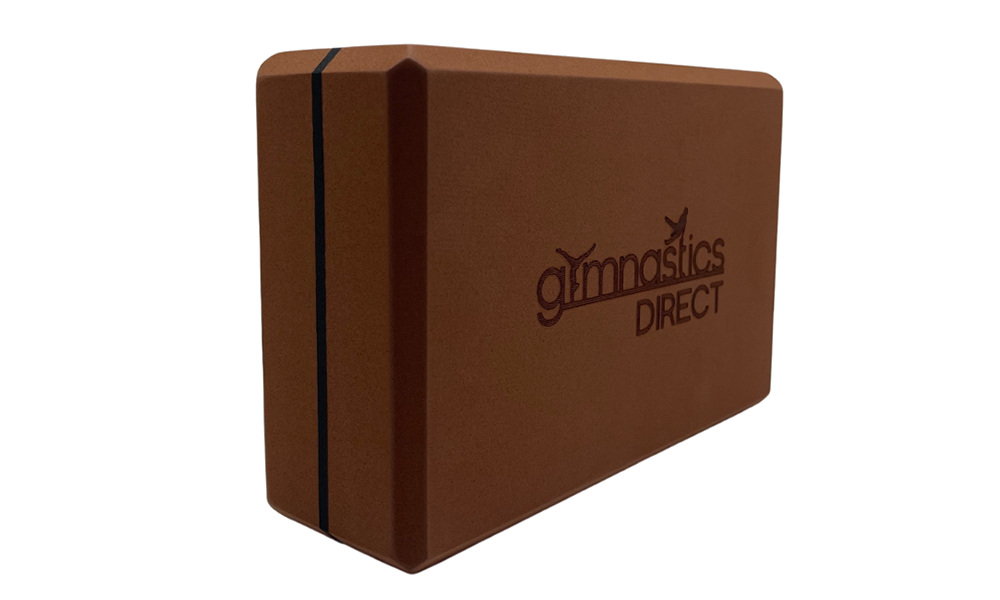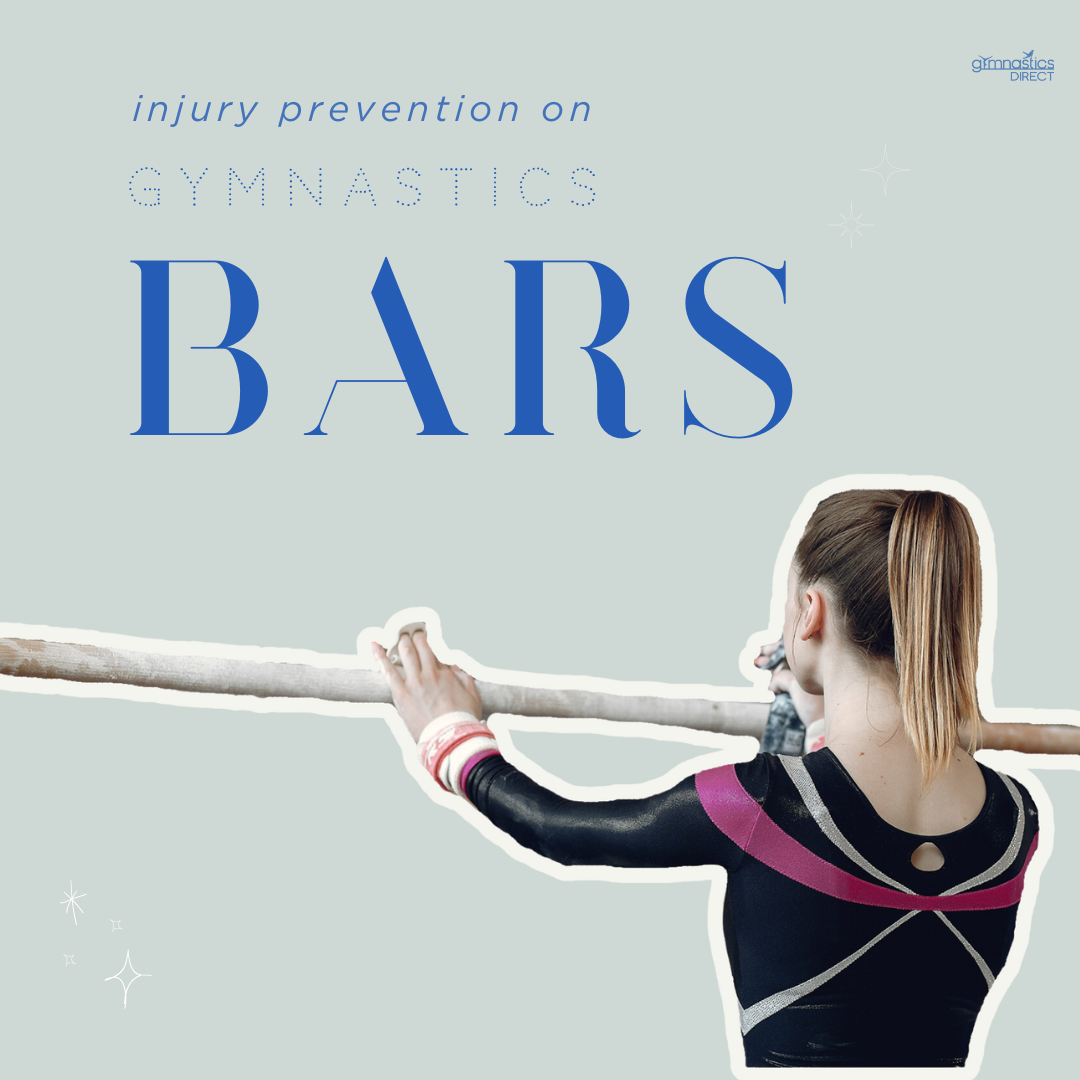Strength and Conditioning for Gymnasts
June 23, 2021 3 min read

This week we talked to Maddison Beel, Director of Neophyte Performance and an Advanced Women’s Artistic Gymnastics Coach currently living on the beautiful Sunshine Coast, Queensland. Having recently completed her Bachelor's degree in Sports and Exercise Science, she has pursued her passion for coaching young athletes and seeing them reach their potential.
Neophyte Performance's goal is to build a community of Sport and Exercise Science in the gymnastics and dance world. Their goal is to work alongside coaches and athletes to ensure longevity in sports of gymnastics, dance, cheerleading, and acrobatics!
As an Accredited Sport and Exercise Scientist, Maddison can help in the enhancement of athletic or sports performance with specialties in Performance Analysis, Injury Prevention, Returning to Sport, the design and implementation of Strength and Conditioning Programs and more.
Strength and conditioning are one of the most vital aspects of the sport of gymnastics. It is fundamental in reducing the risk of an injury, achieving maximum performance and optimal health.
A successful strength and conditioning program should take into account each individual's strengths and weaknesses. Each Strength and Conditioning program should take into consideration the athletes ability to handle volume, load, and intensity as well as the ability to recover. Strength and conditioning programs, if designed appropriately, should reduce the risk of injury or re-injury, assist with performance measures, be a guide for assessing movement quality and in a way… Be Fun!
Here are some exercises Maddison recommends for beginners.
- Dead Bug: This exercise is ideal for strengthening the core, spine and back muscles. Start the exercise by lying in a relaxed stance, with your back against the floor (it is highly advised you place a mat underneath you for additional support). Put your arms and legs in the air, with your knees bent at a 90-degree angle. Brace your core and then simultaneously lower your right leg until your heel nearly touches the floor, and lower your left arm until it nearly hits the ground overhead. Repeat on the opposite side, and do as many times as desired.
- Baby Dish: Also referred to as the 'hollow hold' exercise, this helps with strengthening abdominal and oblique muscles, as well as helps with overall stabilization of the spine which can help prevent back issues in the future. Start by lying flat on the ground, engage your core by pulling your sternum and pelvis toward one another, squeeze your legs together using your quads and point your toes. Also ensure that your hands are reaching towards your knees as this will allow for your body to create a 'dish' type shape.
- Box Handstand: The Box Handstand helps with core engagement, hand-eye coordination and balance as well as building upper body strength. Start the exercise by making sure you have a box to place your feet/legs on and place your hands flat on the ground shoulder-width apart. Push your hips over your shoulders, and your shoulders over your hands, as this will put your body in the 'stacked' position. Lock your elbows in and push off from the box. This manoeuvre can also be done by having your knees on the box rather than your feet.
Have any other exercises in mind? We'd love to hear! Comment down below.
Leave a comment
Also in Advice for Gymnasts
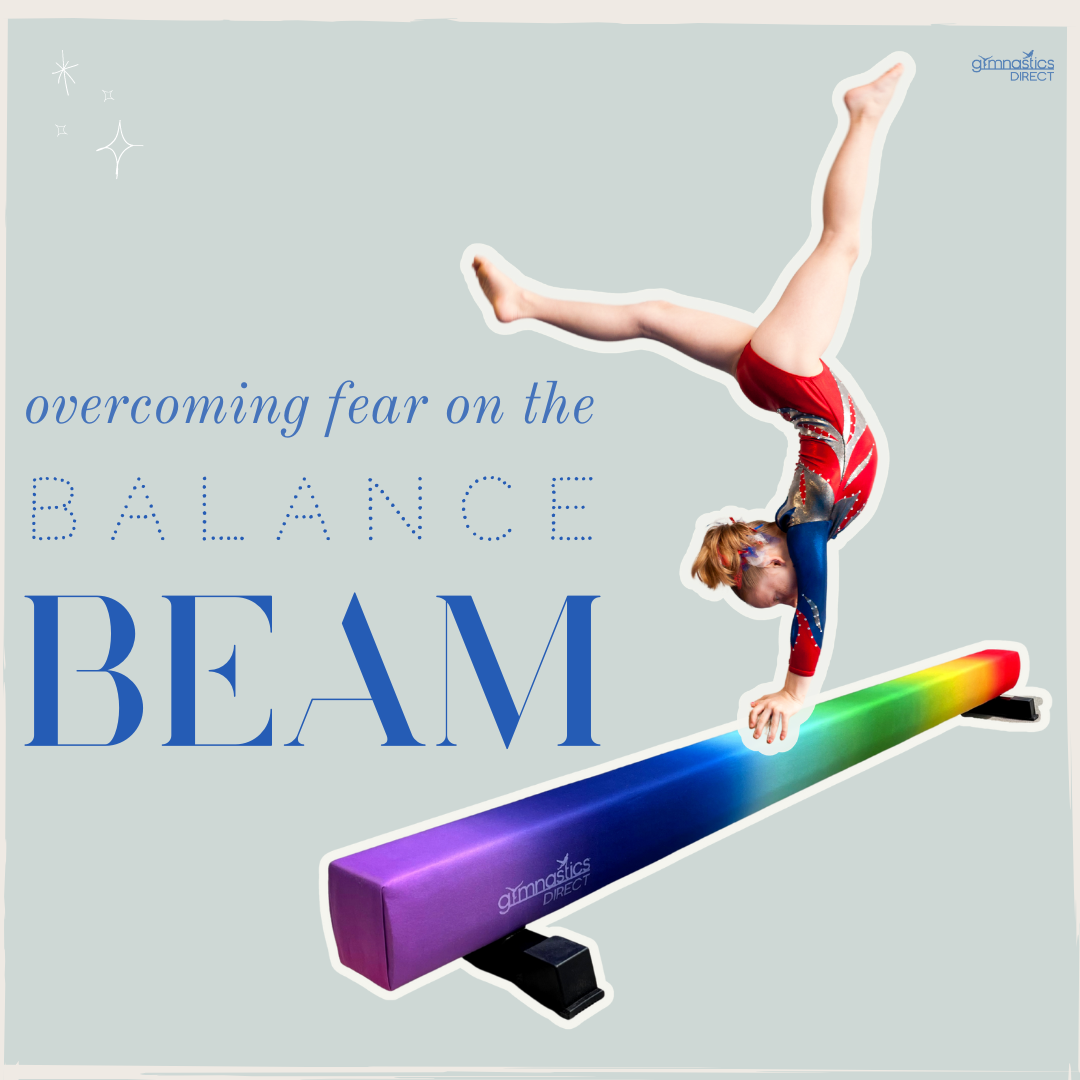
Overcoming fear on the Balance Beam
March 24, 2024 2 min read
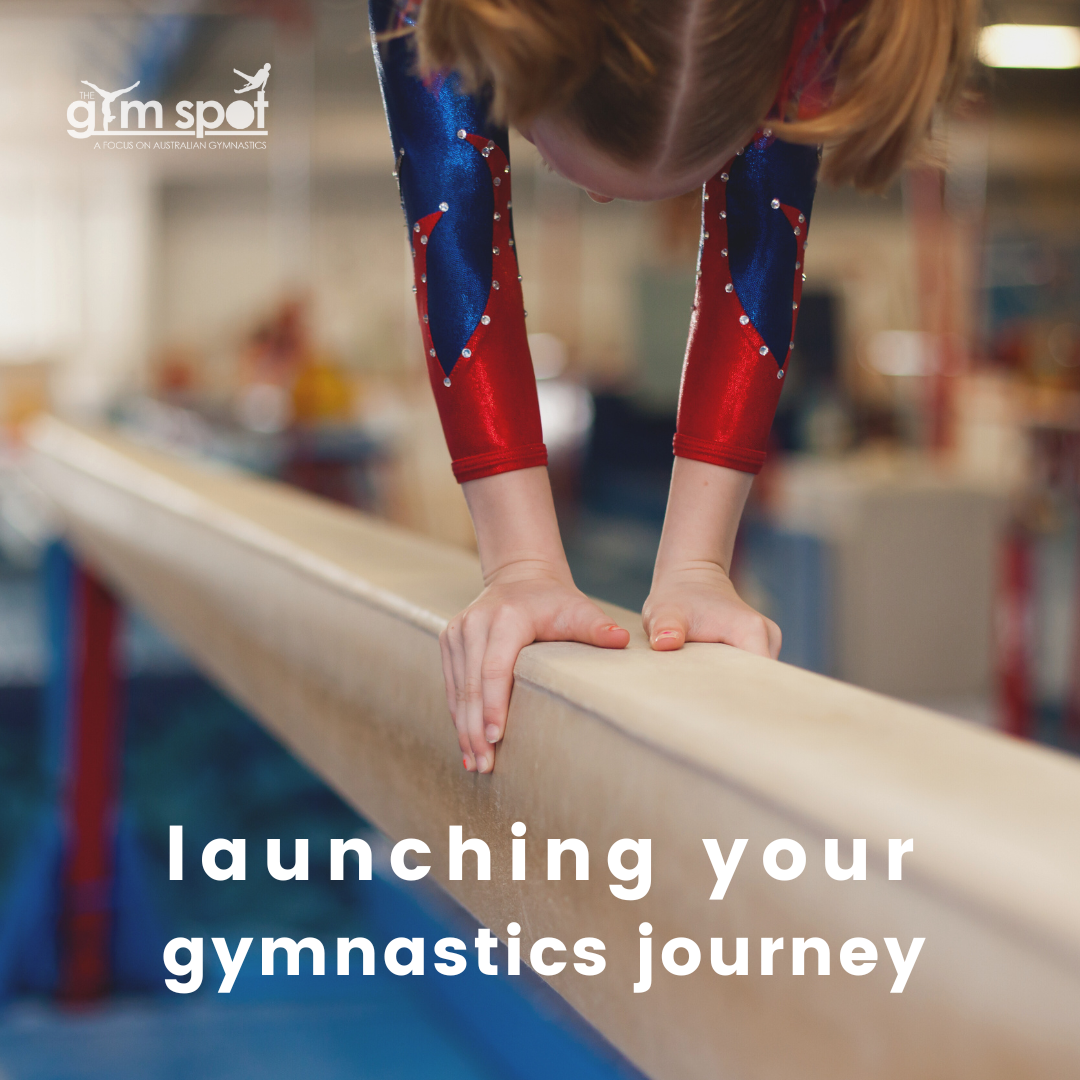
Best Gymnastics Equipment for Beginners
January 09, 2024 3 min read 2 Comments

